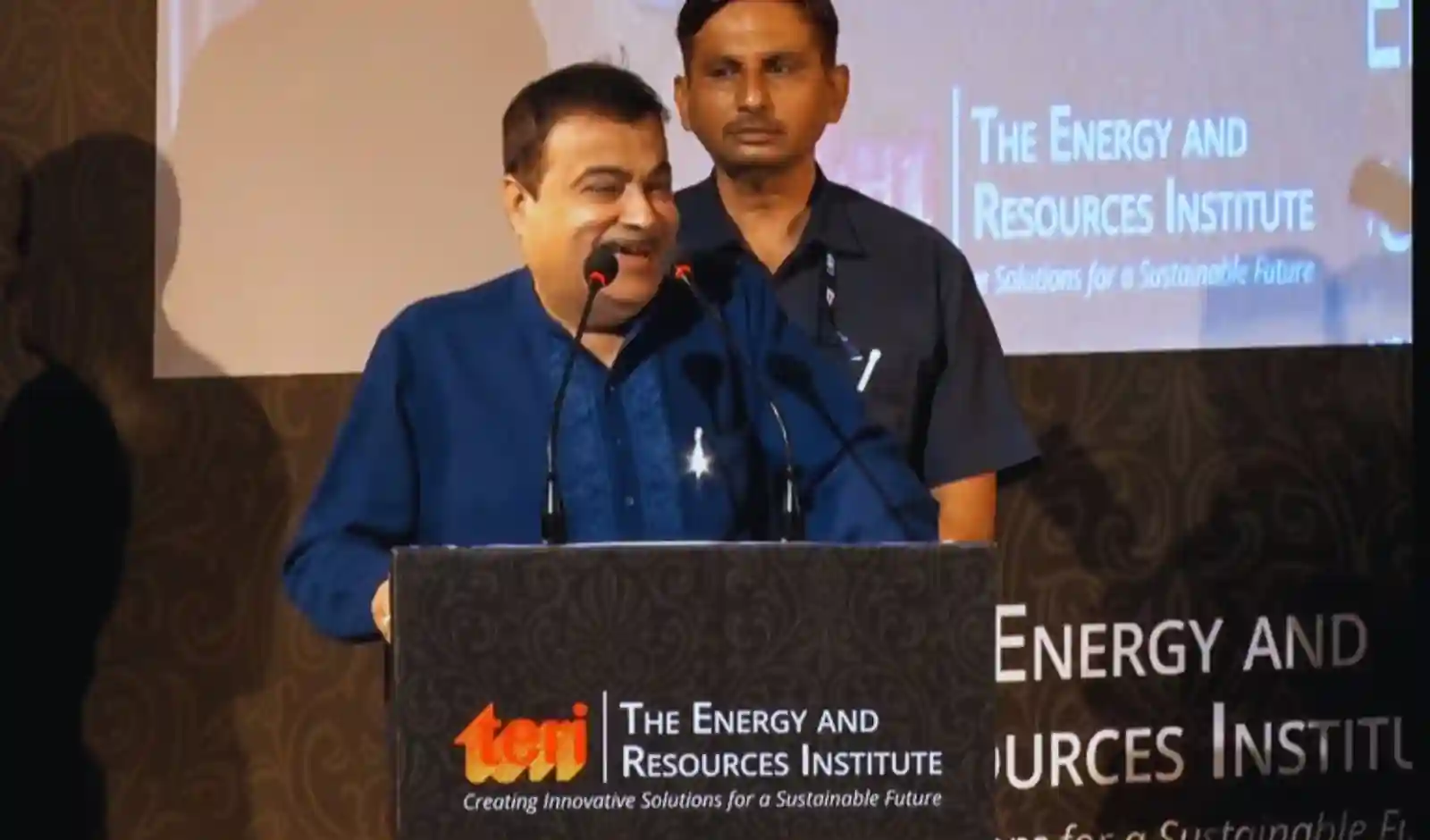
Union Minister for Road Transport and Highways Nitin Gadkari has proposed the introduction of a flash-charging-based electric articulated bus system on new highways to strengthen sustainable public transport across Indian cities. Gadkari made the announcement while speaking at the 24th Darbari Seth Memorial Lecture organized by The Energy and Resources Institute (TERI).
He said, “It is essential to transform the public transport system in the country. With new highways seamlessly connecting cities, I wish to establish a new public transportation system.”
What is the Flash-Charging Bus System?
The flash-charging electric bus system uses fully automated fast-charging stations installed at bus stops, allowing battery top-ups within seconds while passengers board and alight. This ensures continuous operations on high-frequency routes without long charging breaks at depots. Hitachi Energy and Siemens have developed this technology for high-capacity bus routes.
Cost and Benefits
According to Gadkari, the capital cost of this new bus system will be lower than a metro, while fares will be 30% cheaper than diesel buses. He emphasized that on highways such as Delhi-Dehradun, Bangalore-Chennai, and Delhi-Jaipur, this electric bus system will serve as a fast, affordable, and eco-friendly alternative.
Pilot Project in Nagpur
Tata Motors has won the tender for the pilot project in Nagpur. The company has manufactured an 18-meter-long electric articulated bus at its Dharwad facility. The bus can carry up to 135 passengers, comes with air conditioning, infotainment, and has a top speed of 120 km/h. Hitachi and Siemens are supplying the flash-charging technology for the project.
Plans for Trucks
Gadkari also revealed that the government is exploring this system for trucks. In discussions with Siemens, a proposal was made to install 10 km of overhead electric cables on highways, similar to a railway system, allowing buses to travel 40 km on a single charge. Although the project would cost around ₹8 crore, it could be implemented on a Build–Operate–Transfer (BOT) model.

